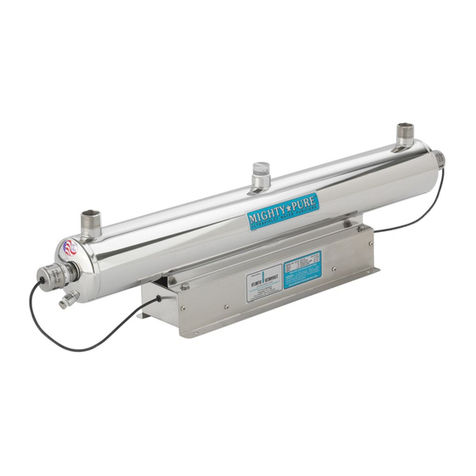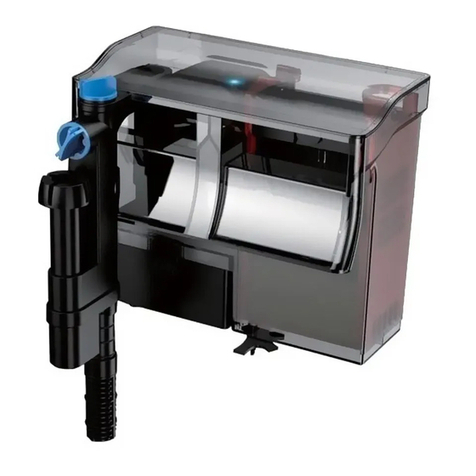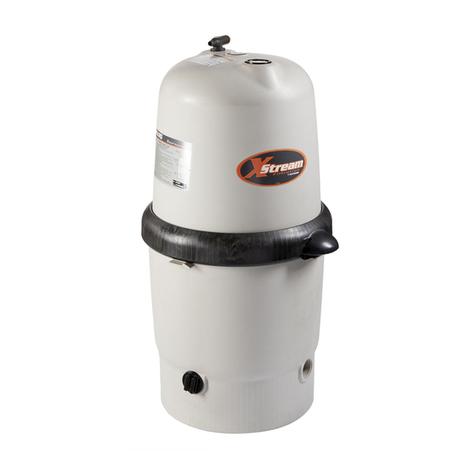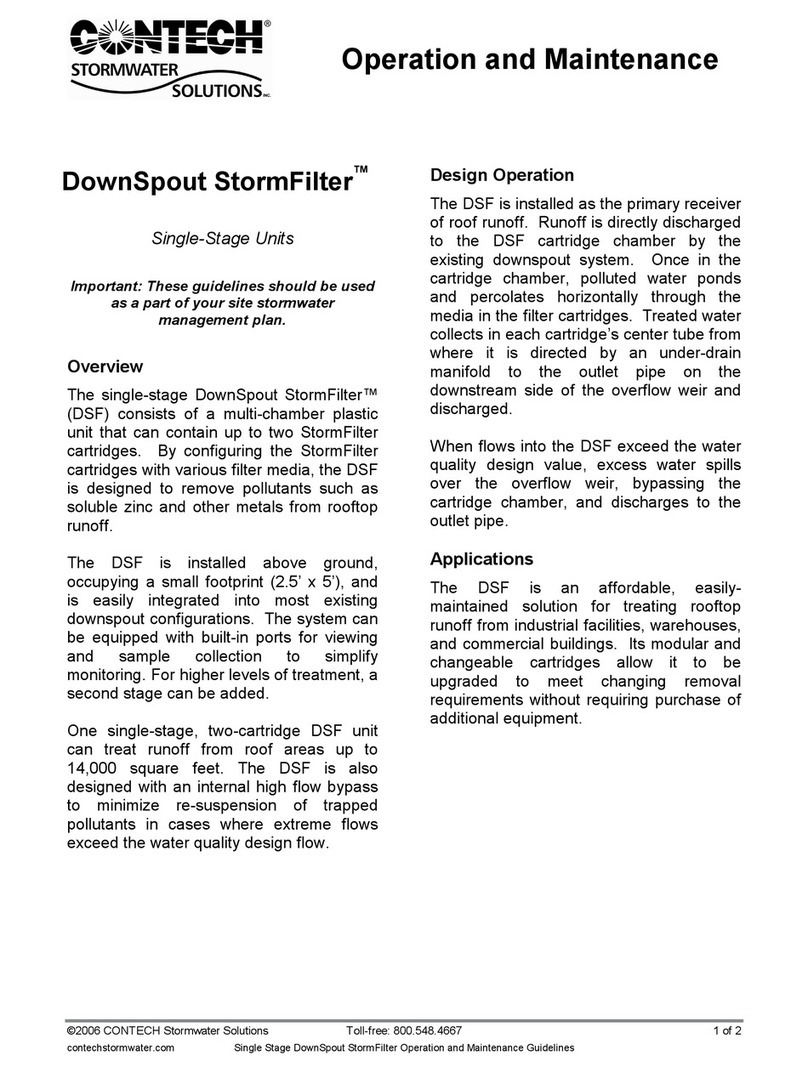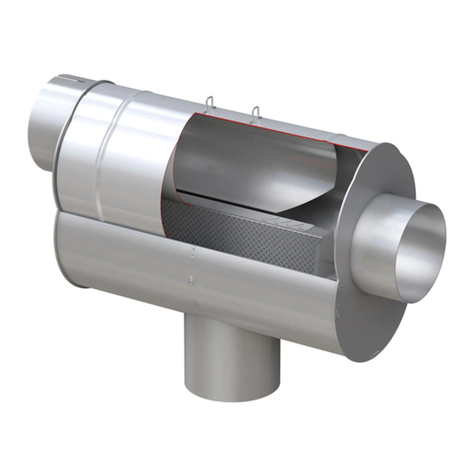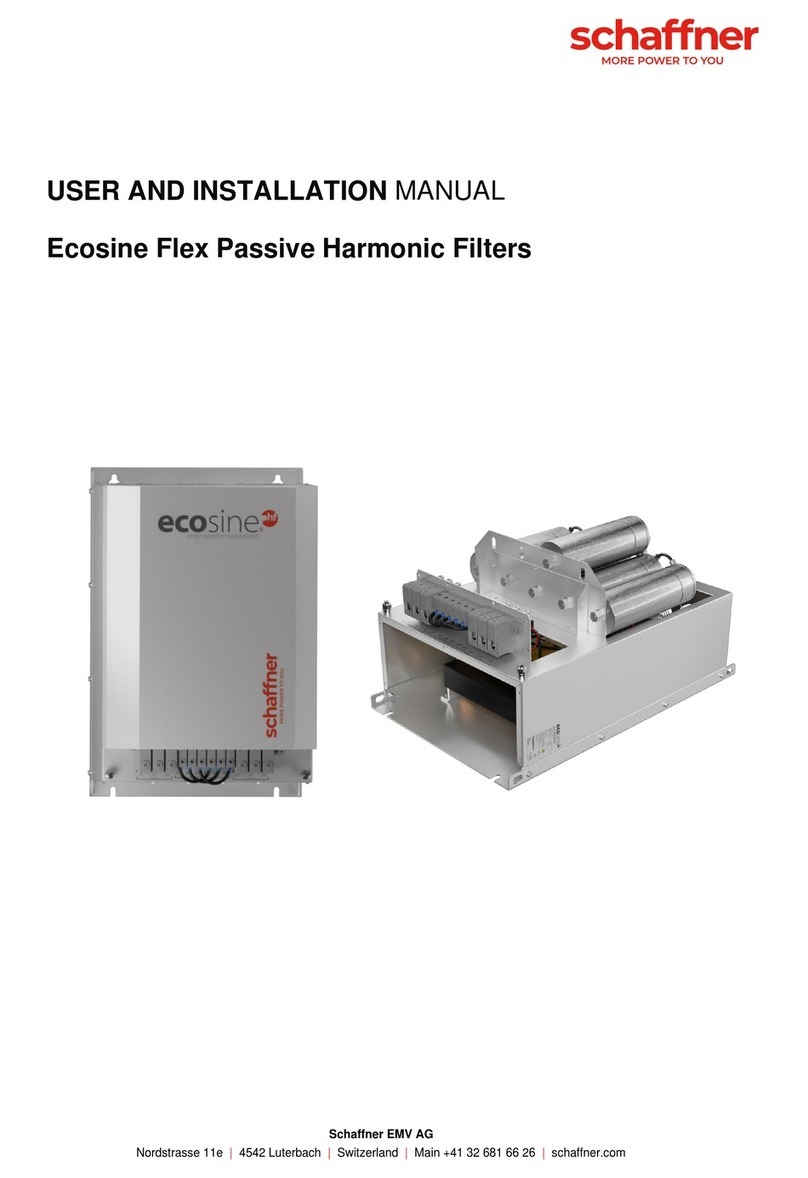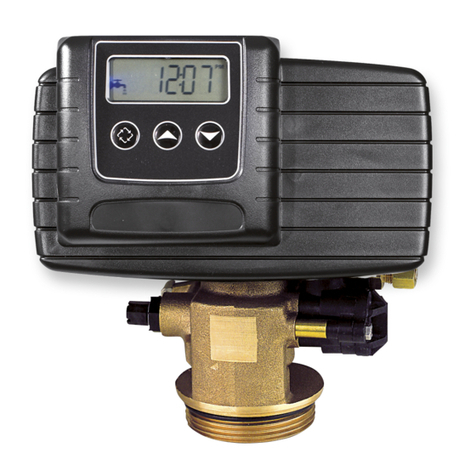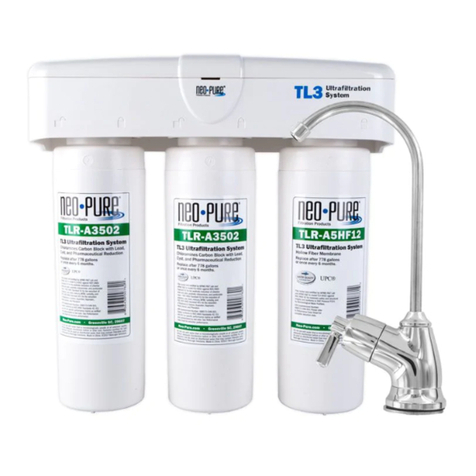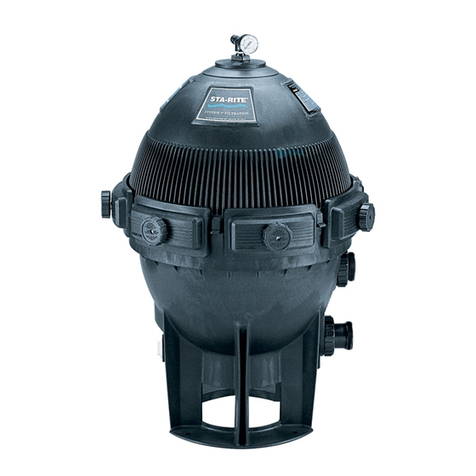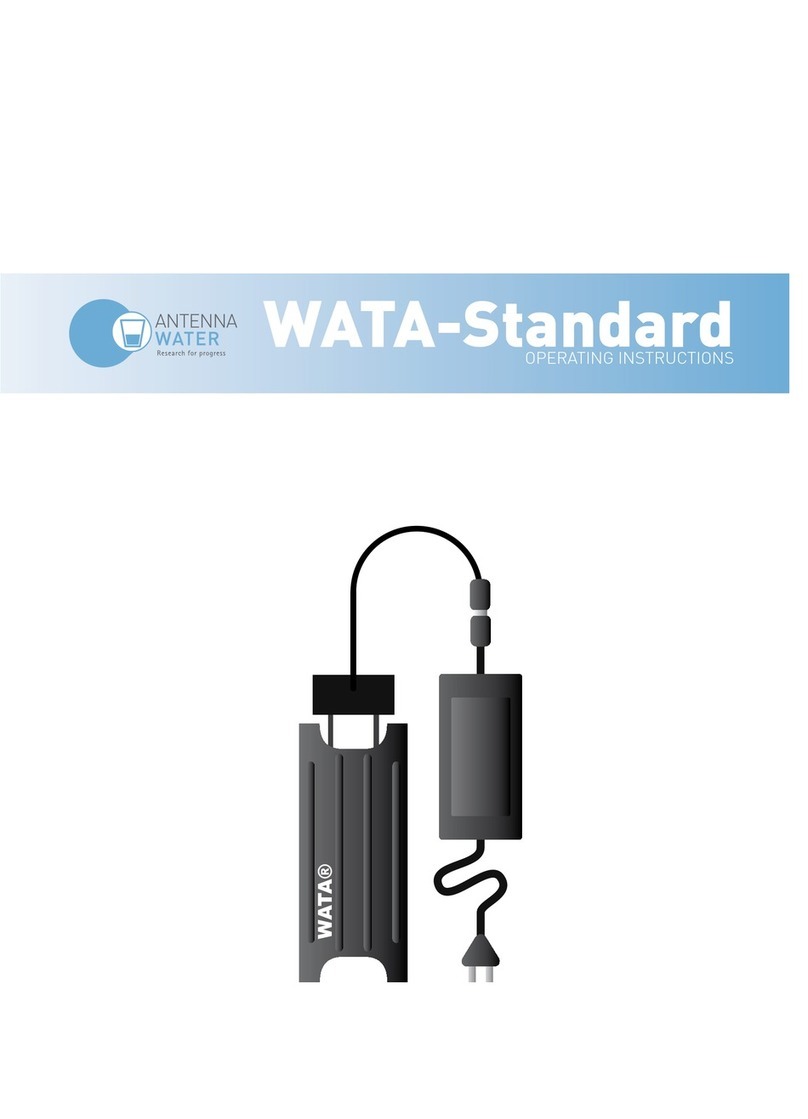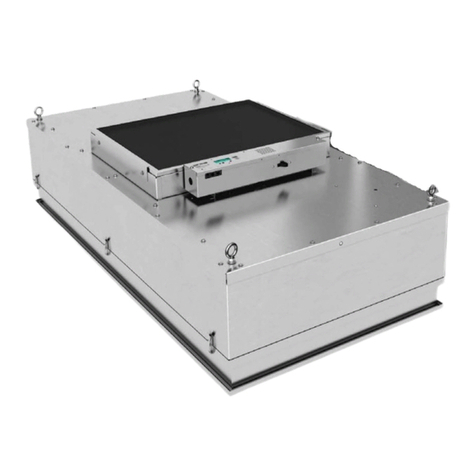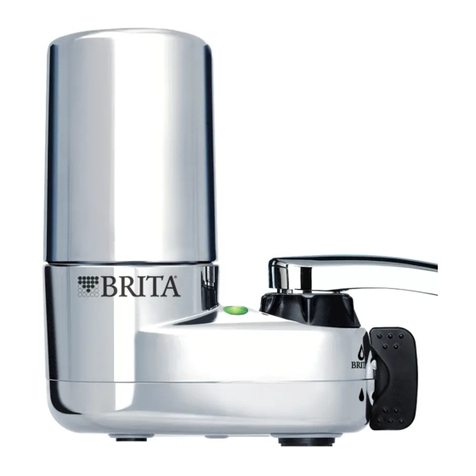ENG 15
•In these “operation methods”, “operation” refers to the power supply
being connected and/or the inlet water ball valve being open so
the water purier is in an operational state.
•The major components of this product are manufactured using plastic.
When using the water purier, always observe the integrity
of the equipment in order to ensure safe operation.
•The package of the reverse osmosis membrane contains a small amount
of protective solution in order to prevent microbiological contamination
of membrane components during storage and transportation. The post
activated carbon lter may emit activated carbon powder the rst time
it is used. So do not open the water storage tank during the rst hour
when the water purier is put into operation. It is recommended that
the water produced during this period is disposed of. Otherwise,
the taste of the pure water may be unusual.
• When you rst use the storage tank it is recommended that you discard
the rst tank of water; otherwise it may result in abnormal tasting pure
water.
• When you rst operate the water purier, the pure water TDS value may
be a little high. After operating for some time, the TDS value of the pure
water produced will gradually decrease until it is stable.
• When you are using the water purier, the inlet water ball valve should
be opened and the pure water faucet needs to be turned on. When
you are not using water turn off the water faucet, the high pressure
switch will automatically cut off the water supply.
Operation Methods
Flushing the RO Membrane
As water passes through the RO membrane, impurities and bacteria are
retained on the membrane surface, so you should regularly ush
the machine to ensure that the RO membrane performance is optimized.
• Flushing method: Automatic ushing.
• Flushing step: The membrane will be automatically ushed for
15 seconds each time the water purier is turned on.
Filter Replacement Intervals
• The lter replacement cycles for the various lters used in this purier is
derived from statistical indicators on the estimates of average tap water
usage. If there are considerable discrepancies between the users supply
water quality, utilization rates and average indicators, there will be more
obvious differences between the lters actual replacement intervals
and estimated life-cycles and users may experience premature lter clogging,
premature failure, etc. If this occurs, lter replacement intervals should be
based on actual usage conditions. You should also contact your local
after-sales service department immediately to inform them of the situation.
• This machine’s estimated lter replacement cycle is based on average
household water consumption and is suitable only for residential use,
do not install this machine in places that require large volumes of water.
If the water volume requirements are large, our company offers
appropriate equipment tailored for commercial applications.
•According to economic statistics on municipal tap water, a three person
family on average uses 10L of water a day. According to the water
volume and inlet water quality conditions, approximate ltering
volumes are as follows (the following data is for reference only):
Maintenance and Repair
WATER VOLUME (TONS)
7.5
7.5
10
7.5
6
PROGRESSION
First: 5-micron PP lter
Second: GAC lter
Third: 1-micron PP lter
Forth: Reverse Osmosis Membrane
Fifth: Post-activated carbon lter




















